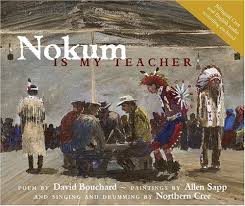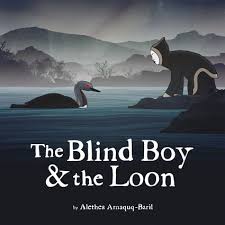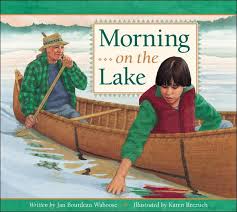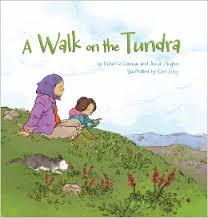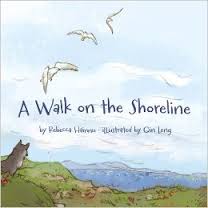In progressing through this course, I have learned so much. Back in module one, I thought that I could be a very active participant in the process of preserving Indigenous culture through digital storytelling (in all forms). In this module, I have come to understand that my previous understanding was short-sighted. This research weblog entry looks at various examples of stories (and information) being recorded (or NOT recorded) by Indigenous people themselves. While motives may be pure, the slide into cultural appropriation is subtle, but prominent in so many cases. As I begin to shift my research, I will stay in the realm of digital storytelling, but look at it more from a different angle than originally planned.
Cry Rock – a short film by Banchi Hanuse (Nuxalk Nation)
With less than 15 Nuxalk language speakers and storytellers remaining, does it not make sense to capture these stories in video or audio form? The answer is not as simple as you might think. This film explores the conundrum of oral tradition in an increasingly digital world.
Why can students eagerly recall what happened on last week’s epi
sode of Hannah Montana, but think they can’t memorize a story passed along orally? “It’s just a state of mind … there are so many influences affecting our people.”
“Oral storytelling is more than the words being spoken. Our stories and language cease to be a part of us if they only exist within a recording.”
Note: the site states that the film is only available for free viewing until October 27th, it is however, available at the UBC Xwi7xwa Library.
N’we Jinan – a different way to express identity and culture
Amy Parent comments that “Indigenous knowledge can be expressed in multiple ways, and I think that ties into what we are talking about today – the digital realm.” N’we Jinan is a non-profit production company that seeks to capture the voices of indigenous youth, empowering them to share what they feel is an important message.
Starting with a question, such as “What does it mean to be an Indigenous youth in Surrey?”, students are assisted in writing and recording a song and music video to share their message. With examples from across Canada,
This site, (perhaps more of an updated version of the chat-boards that Zimmerman refers to), claims to be a “forum for discussing representations of Native peoples, including stereotypes, cultural appropriation, news, activism, and more.” I came across it while looking for Native Appropriations in the world of professional sports (Chicago Blackhawks, Cleveland Indians, Washington Redskins). This site has a page dedicated to “Natives Against Redsk*ns”, but also offers a range of information and opinions about appropriated Indigenous culture and ties from other current events to Indigenous issues.
Zimmerman comments that CD-ROMS are an excellent media for preserving Indigenous languages. Of course, since the time of his writing, the internet has vastly improved, and is able to stream information exponentially faster, and store vast amounts of information efficiently – enter First Voices.
First voices is a BC-based suite of web-based tools designed to support Aboriginal people engaged in language archiving and teaching. It contains thousands of text and audio entries from Indigenous Nations around Canada. Much of the audio (both words and phrases) are recorded by local elders, and are categorized alphabetically or by topic.
(Here is a Nuxalk welcome, made available on the site.)
WELCOME
“YAW, SMATMC UKS!
QALXALULHM TS UULH LHUP STUTWINAKMTS AP S PUTL’ AP!
YA TI SLQ’ TS TC SKA ACWSALC AP ALH TIS S LHK’MSTALH TS! WAY!”
“HELLO, ALL YOU FRIENDS!
I WELCOME YOU ALL AND THANK YOU ALL FOR COMING!
I AM GLAD THAT YOU ALL ARE LEARNING OUR LANGUAGE! (OKAY)!”
While many of the entries are available to the public, some are password protected at the request of the language community.
First Voices also includes instructional guidance for groups wishing to participate in language archival. It recommends recording tools and methods, and simple training for submitting entries.
In keeping with the theme of digital storytelling (or perhaps, moving slightly away from the theme, in that I originally thought that anybody could make these digital stories), First Nations Films is a film company that creates and distributes films and documentaries for, by, and about Indigenous people.
Each of the films in their collection has a trailer available on their catalogue site, and is available for purchase through the site. Watching the trailers is a great starting place for exploring the world of Indigenous film-making and production.
